This is how Apple might have replaced the notch on the iPhone 14 Pro and iPhone 14 Pro Max
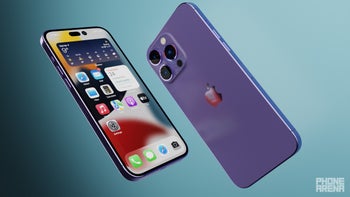
Apple released the iPhone X on November 3rd, 2017, with the controversial notch on the top of the display housing the components for Face ID along with the proximity sensor, ambient light sensor, speaker, microphone, and the front camera. Almost immediately the notch became a lightning rod for criticism since it did take up a portion of the display. Yet, while the iPhone wasn't the first phone to sport a notch, it became associated with Apple's smartphone.
Apple's patent application might explain how it was able to replace the notch on the iPhone 14 Pro models
As usual, other smartphone manufacturers followed Apple by either copying the look of the iPhone notch (we're looking at you, Pixel 3, and Pixel 3 XL) or using a teardrop notch. After a while, other manufacturers started using the hole-punch for their font-facing selfie cameras while some have started trying to refine under-display selfie cameras. But Apple kept the notch and did manage to shrink it slightly at one point.

Apple plans on bouncing infrared dots off of prisms to replace the notch with cutouts in the iPhone 14 Pro models
And this year, Apple is about to make the biggest change to the notch on the premium iPhone 14 Pro models by replacing it with a sideways "i" cutout. Patently Apple (via 9to5Mac) shared information about a U.S Patent and Trademark Office (USPTO) patent application revealing that Apple might be using a light folding projector to replace some of the larger components associated with the Face ID feature.
The dot projector on the True Depth Camera system used for Face ID projects 30,000 infrared dots that are invisible but are used to create an algorithm of the user's face. In the aforementioned patent application, Apple writes about the use of a light folding projector that would allow it to increase the size of the display and decrease the size of the cutouts used on the iPhone 14 Pro and iPhone 14 Pro Max.
The patent, titled Light-Folded Projector, details how Apple could use prisms to bounce the dots off of before exiting the device. This way, Apple could place the dot projector in the body of the phone "folding" the IR light until it leaves the handset, possibly through the pill-shaped cutout.
In the application, Apple says, "A device may include a light-folded projector that may include an infrared (IR) light emitter and a light folding element. The light folding element may receive IR light emitted from the IR light emitter and fold the IR light one or more times to guide the IR light passing through the light folding element to exit the device to an environment."
The new iPhone 14 line will be introduced on September 7th
Apple adds, "The device may also include a detector that may detect and/or recognize an object in the environment using the IR light from the light-folded projector, and a front-facing camera to capture images of the environment in front of the device."
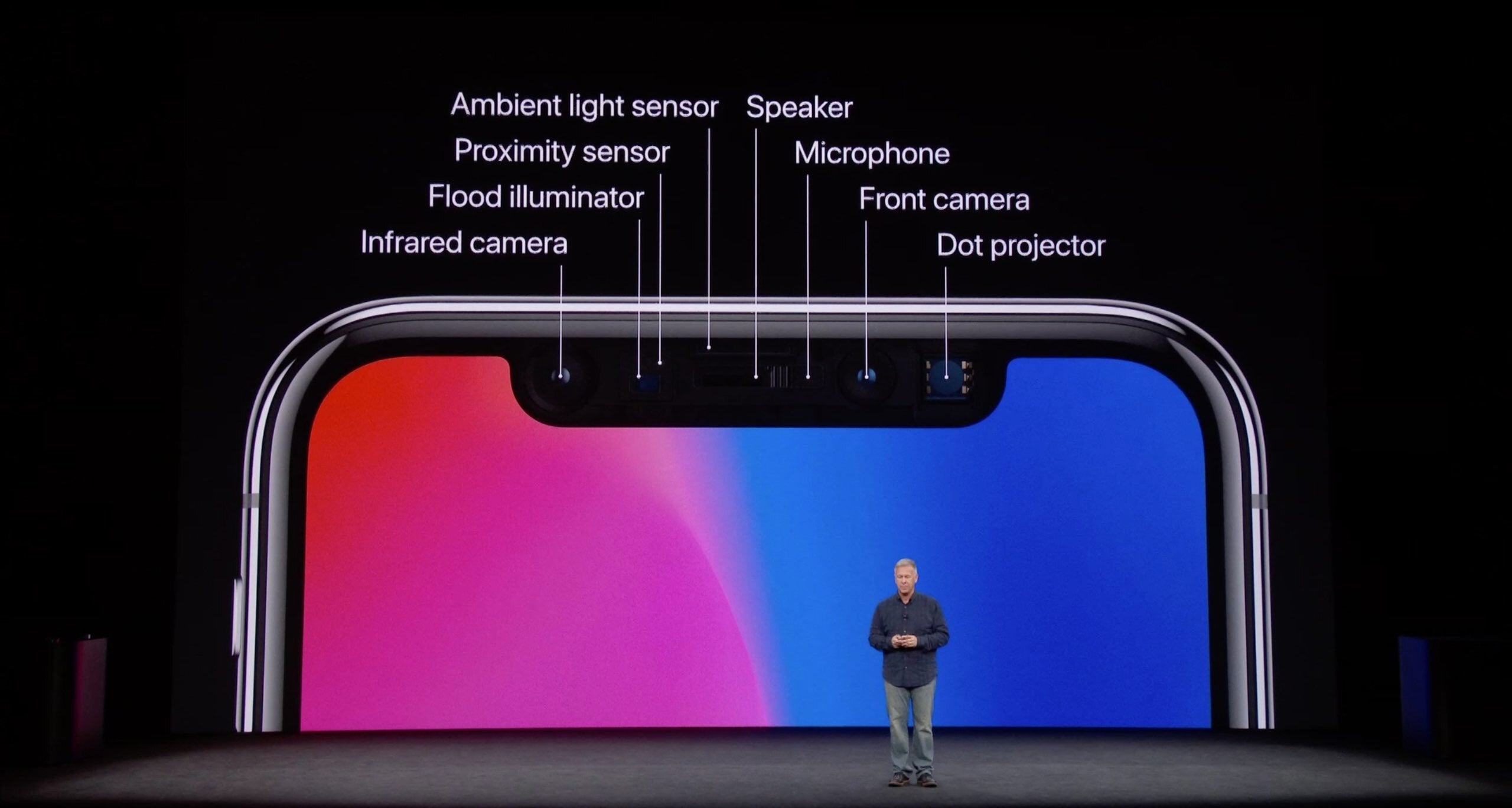
The True Depth Camera introduced in 2017's iPhone X
The patent was originally filed in February 2021 and is credited to three Apple employees. The company explains why the patent is necessary: "Mobile multipurpose devices such as smartphones, tablets, and/or pad devices are considered as a necessity nowadays. They integrate various functionalities in one small package thus providing tremendous convenience for use. Sometimes, a mobile multipurpose device may include a screen "notch" such as a little cut-out, e.g., at the top of the display."
The company continues, "The notch provides accommodation for imaging and sensing components such as the front-facing camera (e.g., a selfie camera), infrared (IR) projector, and IR detector within the edge-to-edge display. While the notch allows for bezels to be reduced or eliminated, it still limits the overall display area for a device. Therefore, it is desirable to reduce footprint of the imaging and sensing components to maximize the display area for a device."
Apple will introduce the new iPhone 14 lines on September 7th at 10 am PT (1 pm ET). You can view the live stream at Apple.com.

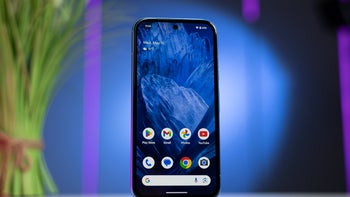



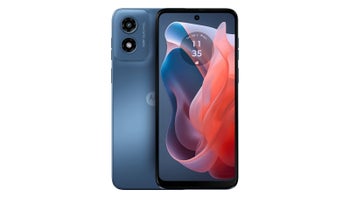

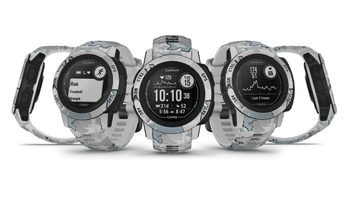
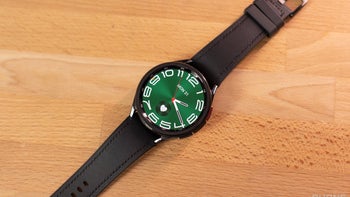

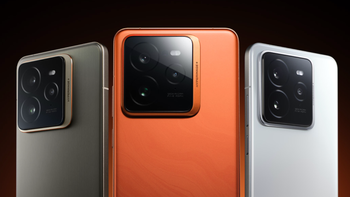


Things that are NOT allowed: